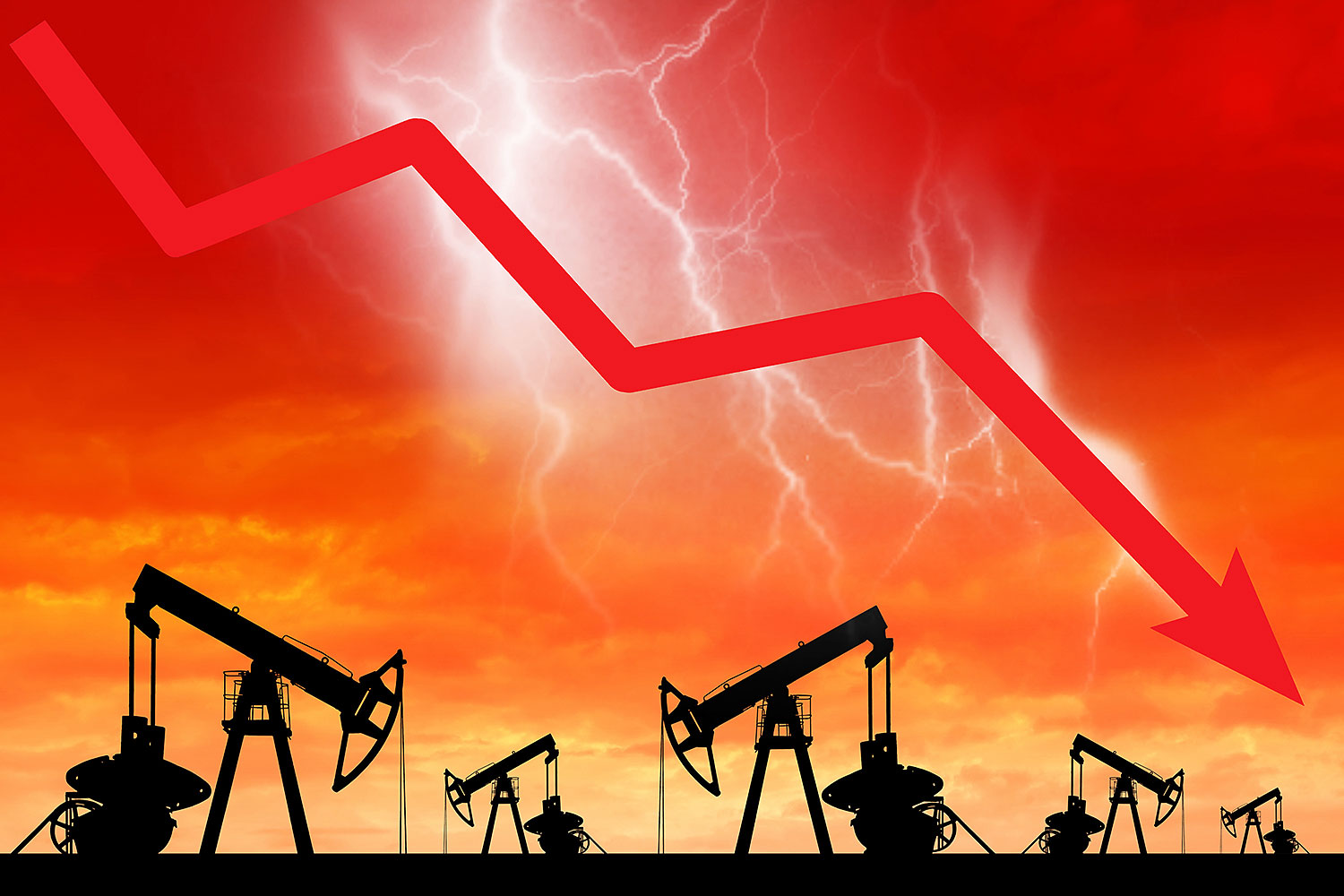
Entering 2023, the price of crude oil is stable slightly lower than last year, the Russia-Ukraine war continues into the 2nd year, and China has returned to open the country which tends to increase oil demand. However, what affects the price of oil is not just the fundamental factors of oil production or consumption, but also economic and financial aspects that are linked to fund flows. At present, investors are concerned about the monetary policy of the Federal Reserve (Fed) that if the policy rate is raised higher for longer than expected, it will cause a sell-off of risk assets including oil. From December 2022 until now, the price of ICE Brent crude oil has never moved above $90 per barrel, compared to last year when the price exceeded $100 per barrel from March-August 2022 and even exceeded $128 per barrel for a while.
The key point is that Russian crude oil has not disappeared from the market as initially feared. In February, Russia produced 11 million barrels per day of crude oil which is no different from the amount before the war.
The European Union started placed sanctions on Russian seaborne crude on 5 December 2022, but not imports through pipelines. It also joined forces with G7 countries and Australia to set a ceiling on the price of crude oil shipped from Russia. Shipping, insurance and financial services companies in the bloc are prohibited from conducting transactions and transporting Russian crude oil if the crude price exceeds $60 per barrel. This is lower than the world market price (ICE Brent) which is about $70-90 per barrel. But Russia was able to seek customers in Asia, notably China and India, that imported crude oil from Russia at record high levels. This is a significant change in the trade flow of the oil industry, resulting in no impact on Russian oil supply and overall in the global market. Although Russia recently announced a reduction in oil production for March 2023 amounting to 500,000 barrels per day, it was already affected in the market.

OPEC and its allies (OPEC+) has been trying to stabilise prices by holding production at 40.1 million barrels per day. Since October 2022, OPEC+ confirmed a production cut by about 2 million barrels a day from November 2022 until the end of this year.
International Market Analyst Team, Trading Business Unit of PTT Public Company Limited, revealed that, “In terms of oil consumption, although China has ended its strict Covid-19 control policy and has returned to fully open the country since 8 January 2023, it will take some time to recover. This can be seen from crude oil imports in the first two months of 2023, which decreased by 130,000 barrels per day from the previous year to 10.4 million barrels per day. However, imports will tend to increase in line with increasing economic activity.
China’s economy has clearly shown signs of improvement. Manufacturing PMI (Purchasing Managers’ Index) is generally used by economists and investors to measure the economic situation of industry monthly. In the latest February figures, China’s Manufacturing PMI hit the highest point (52.6 points) in more than a decade, reflecting an increase in growth which inevitably relates to increased oil consumption.
In 2022, China’s oil consumption contracted for the first time in two decades. However, in 2023, PTT’s Analyst expects China’s oil consumption to increase by about 0.5-1 million barrels per day, bringing Chinese oil demand to 16 million barrels per day.
China’s oil consumption growth will be the main driver for global oil consumption to return to pre-Covid-19 level of 102 million barrels per day.
It is expected that in the third or fourth quarter of this year global oil demand will return to 102 million barrels per day. Nevertheless, we should not forget that Russian oil is still available on the market while the United States oil production has increased, so overall oil supply is sufficient to meet demand. The price of oil is unlikely to remain volatile but not as much as last year. For the Russia-Ukraine war if there are negotiations to end the war, in which case the price may drop dramatically. Last but not least, the new financial crisis turmoil will create volatility in oil prices.
Since the end of last year, the oil market has been more focused on the Fed than OPEC. Previously, PTT analysts expected the Fed to raise its policy interest rate to a maximum of 5%. However, in light of recent developments, the market started to expect the rate to rise higher from now at 4.75-5%. The fluctuation will have a negative effect on oil prices, especially if the interest rate is too high, possibly ushering an economic into a recession. The risk of a banking crisis following the collapse of Silicon Valley Bank, Signature Bank, and Silvergate Bank in the US and similar predicament of Credit Suisse in Europe also making the financial situation worsen. Given these risk factors, crude oil price will be under pressure in the first half of this year at least until we see a fully return of the Chinese oil demand.